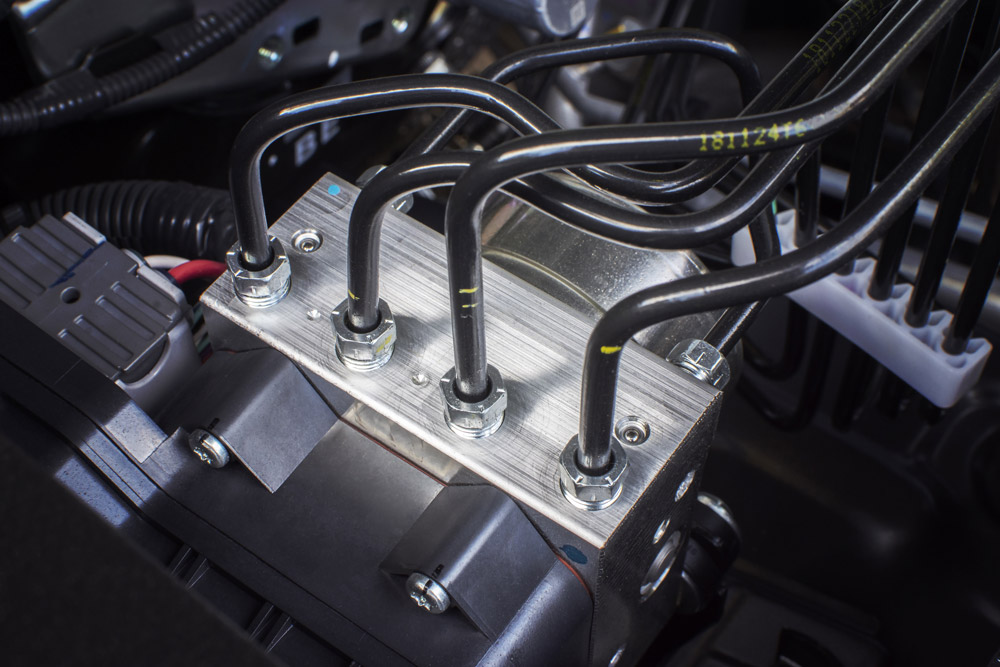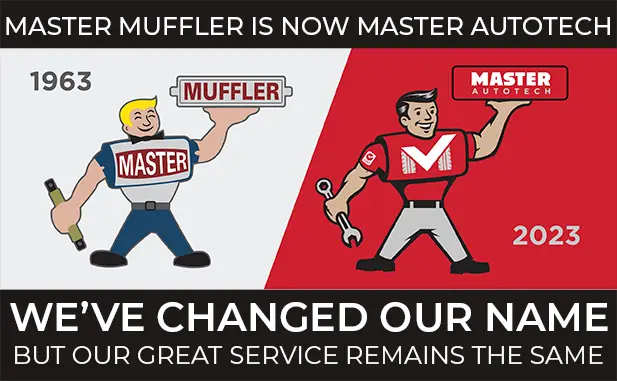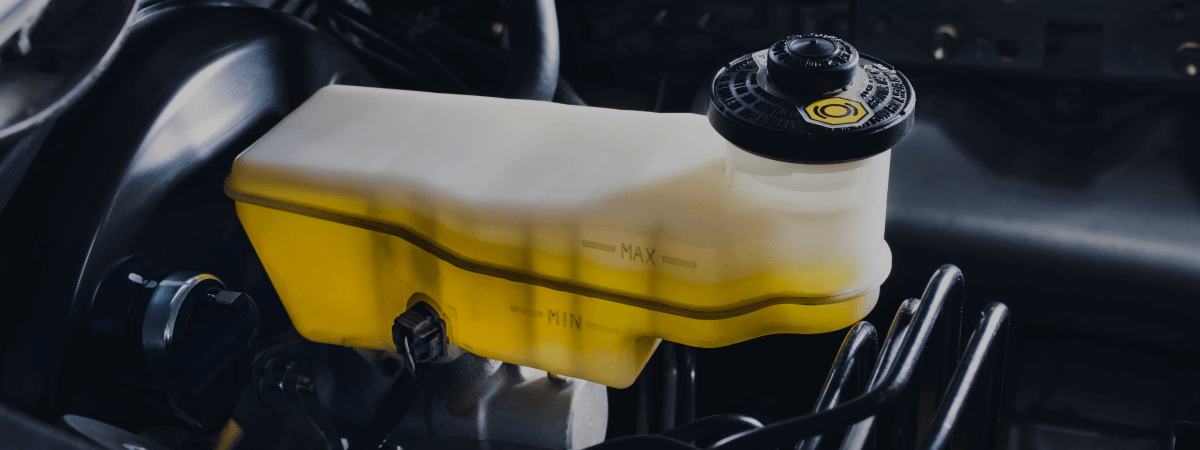
A Little Spring in Your Step
To say the word hydraulics to different groups of people would elicit different responses because it conjures different ideas. Mention hydraulics to car modification enthusiasts and they’ll talk about the body-bouncing Chevrolets of the 70s, 80s, and 90s; talk to a doctor and they’ll tell you about artificial hearts powered by tiny motors; an entomologist will mention how a spider’s legs curl when it dies.
Each of these people will talk about hydraulics in a different way, and they would each be right. Why is this? Because to break down the etymology of the word — hydro meaning “water” and aulos meaning “pipe” — reveals the meaning “pertaining to fluids in motion.”
While the word held a few connotative meanings in ancient days, today we talk about hydraulics to mean moving liquid through tubes with the aid of a machine. By this definition, nearly every system of importance in our modern cars uses hydraulics to work. Let’s find out how.
How it Works
When bringing your vehicle in for maintenance to our South Orem car repair center, we will most likely need to check how the hydraulic system is working, no matter which parts we need to service. This is because hydraulics are used in every system that involves fluids in the car, including:
- Brakes
- Transmission
- Fuel injection
- Windshield cleaning
- Power steering
- HVAC
Hydraulic pressure essentially works the same regardless of the fluid being used: water is subjected to extreme pressure on one end, forcing the liquid to move to the other end of the tube quickly. Some of the aforementioned systems rely on the pressure of the liquid itself to make them work (such as the brakes, for example), while others benefit from the constant movement of the fluid through the system (like the air conditioning).
The Hydraulic Journey
Your car’s hydraulics are essentially broken up into four quadrants, each of which is monitored by our South Orem car repair technicians. Each quadrant represents a stage through which the fluid passes. They include:
- Reservoir: This is the chamber where the liquid is held. Whenever you top off or replace your car’s fluids, you are pouring them directly into the reservoir.
- The Pump: The pump produces the pressure which pushes the fluid from the reservoir through the tubes. There are many different types of pumps, located in different parts of the car, which Master Muffler can maintain easily.
- Valves: Valves are little doorways that direct where the fluid is supposed to go. These are typically controlled mechanically or electrically.
- Actuators: In the final step of this system, the actuator converts the hydraulic pressure into actual mechanical operation.
If you are finding that your power steering system, brakes, or windshield washer system aren’t working properly, you may have a hydraulics problem. Our South Orem car repair team is more than capable of identifying and repairing any issues that pop up. Call us to make an appointment for your yearly tune-up today.
Related Posts
When you think about car maintenance, you probably focus on oil changes, tire rotations, and maybe even brake pad replacement. But what about your brake fluid? If you’ve ever wondered, “What does brake fluid do?” or “Why is brake fluid important?”, you’re not alone. Brake fluid might not be the most talked-about part of [...]
Is that high-pitched squeal from your brakes driving you—and everyone else—crazy? Don’t ignore it. Squeaky brakes aren’t just annoying, they’re your car’s way of saying something needs attention. Whether you're cruising through Salt Lake City or winding up Idaho’s mountain passes, here’s what’s likely going on, how you can fix it, and when it [...]
Whether you’re cruising down I-15 toward Zion, exploring the scenic routes of Eastern Oregon, or heading north to catch the Tetons in Idaho, a smooth summer road trip starts with smart car maintenance. Before you pack the snacks and load up the playlist, it’s worth taking the time to make sure your vehicle is [...]





